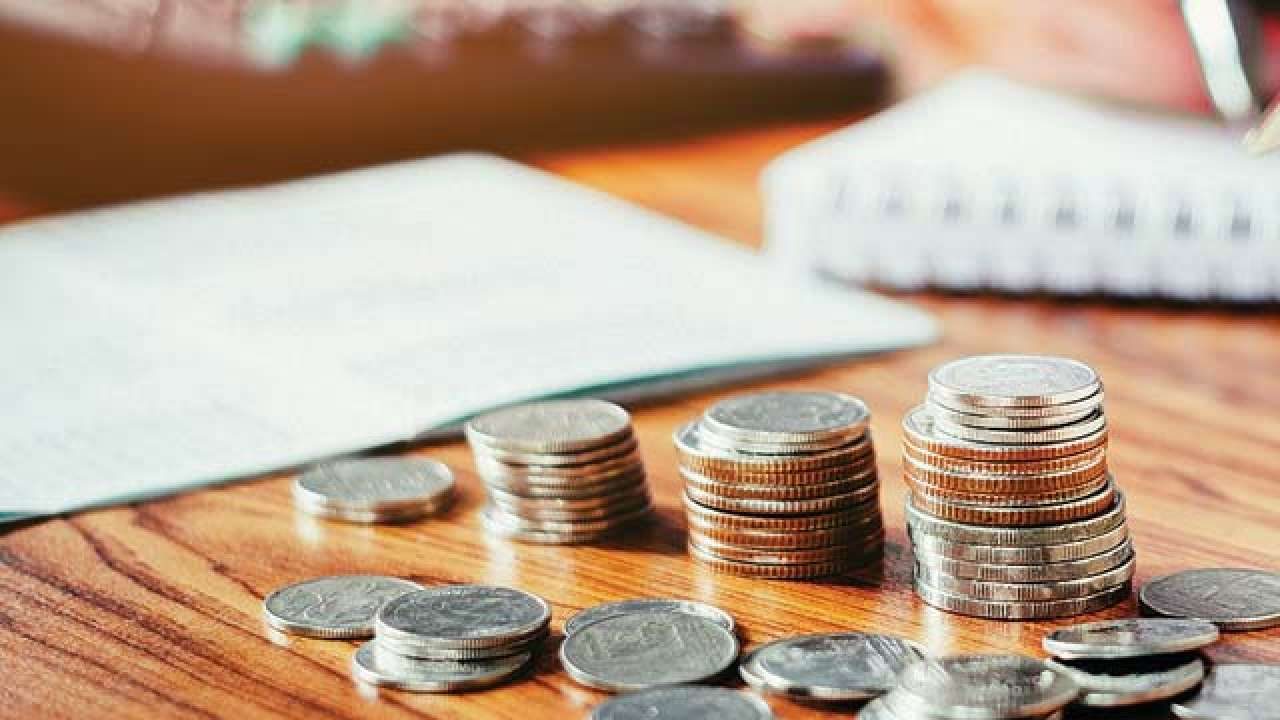India has been adding billionaires to its list. Last year itself, India added 18 new billionaires taking their total wealth share higher than the Union budget for 2018-19 (Rs. 24,422 billion). Between 2018 to 2022 India is expected to add 70 new millionaires everyday. In fact according to the recent Oxfam Inequality Report 2019, nine richest Indians now own wealth equivalent to bottom 50 percent of the country. The top 10 percent of the Indian population holds 77 percent of the wealth. 73 percent of wealth generated has landed with the richest 1 percent, while 67 million Indians who are the poorest have witnessed only 1 percent increase in their wealth.
This growing inequality is tragic in a nation where 63 million ordinary Indians are pushed into poverty because of health care costs – Oxfam estimates that is two people every second. Most health care expenses in India remain out of pocket. The difference is so stark that Oxfam estimates it will take 941 years for a minimum age worker in rural India to earn what the top paid executive at a leading garment company earns in a year.
Women are hardest hit by this inequality. The report mentions that in countries like India women account for somewhere between 20-30 percent of the wealth. This is further exacerbated by multidimensional deprivations like caste. A so called lower caste woman has 15 years less life expectancy than so called upper caste woman.
Most Indians feel economy rigged to favour powerful: Survey
Amitabh Behar, CEO of Oxfam India said, “It is morally outrageous that a few wealthy individuals are amassing a growing share of India’s wealth while the poor are struggling to eat their next meal or pay for their child’s medicines. If this obscene inequality between the top 1 percent and the rest of India continues then it will lead to a complete collapse of the social and democratic structure of this country.”
The report points out that biggest cause of this inequality is government policies that continue to under-fund essential services like public health and education and under tax corporations and the wealthy who further dodge and evade whatever little taxes they are required to pay. The report estimates that getting the richest one percent in India to pay just 0.5 percent extra tax on their wealth could raise enough money to increase government spending on heath by 50 percent. To put this in perspective note this – India’s richest man – Mukesh Ambani has wealth that exceeds India’s combined revenue and capital expenditure of the Centre and State for Medical & Public Health, Sanitation & Water Supply.
Kamal Nath: The richest Chief Minister of India
This inequality persists in a country where children die of starvation and water borne infectious diseases. Where routinely mothers die during child birth, farmers commit suicide due to debts and poor prices and manual scavengers choke to death in sewers. This inequality has become so routine that most Indians don’t even bat an eyelid at either children dying due to lack of food or rich evading taxes through offshore entities. This level of inequality has the potential to lead to revolution and anarchy and yet people are lulled through rhetoric, divided on the basis of caste or religion, or swiftly crushed by an unjust system. Even this report has mainly been neglected by main stream media houses that continue to indulge in jingoism and sycophancy on television screens. These findings should have led to anguish and outrage; unfortunately these will be met only with apathy.


















